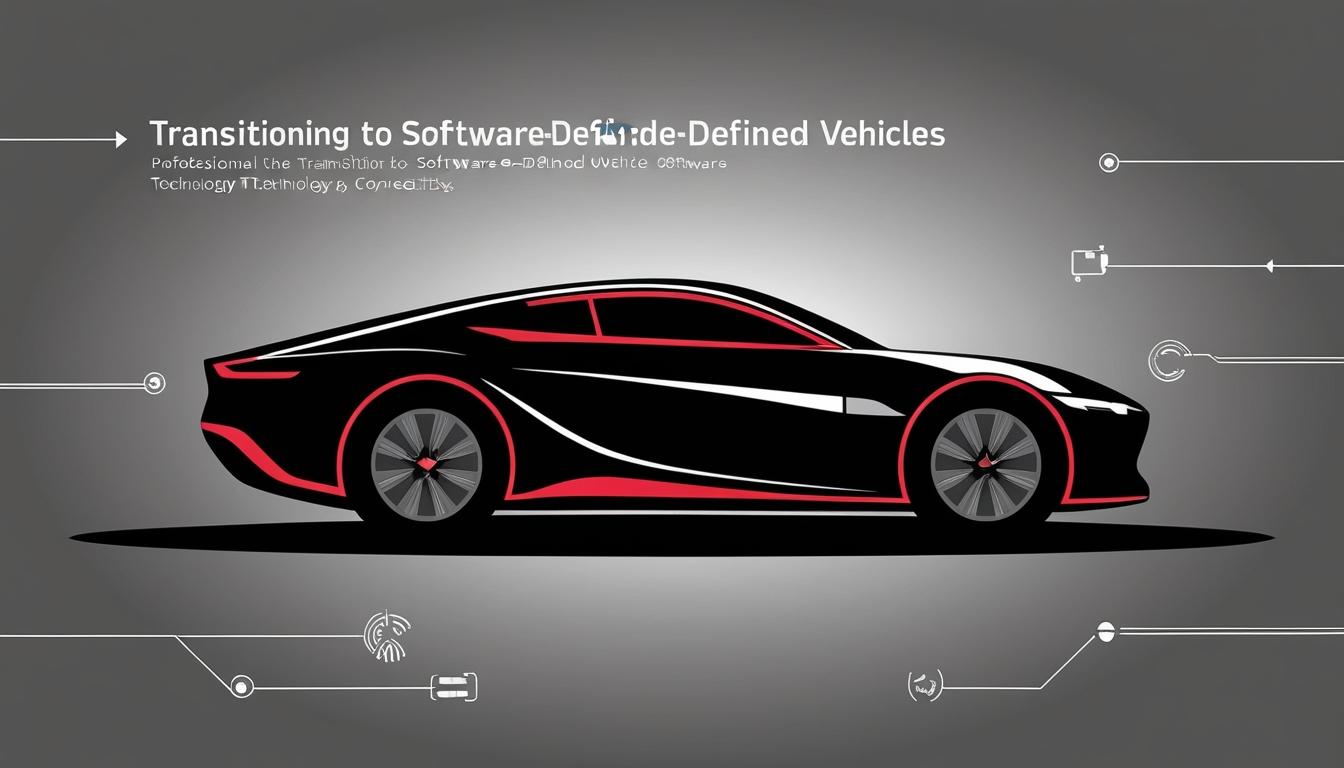The automotive industry is currently experiencing a profound transformation as manufacturers shift towards software-defined vehicles (SDVs), a development that is reshaping nearly every aspect of automotive design. This transition entails a significant move of critical features from hardware to software, prompting carmakers to introduce new functionalities at a quicker pace and a reduced financial burden. This paradigm shift is projected to elevate the value of automotive software, which currently stands at approximately $29 billion, by around 15% annually through to 2030.
Speaking to Semiconductor Engineering, Judy Curran, the automotive Chief Technology Officer at Ansys, highlighted the potential benefits of this software-centric approach. “The software-defined vehicle will continue being an important trend, because if you can do things with software, it should be cheaper than hardware,” she stated. Curran pointed to early models of the Tesla Model 3 as an example, where the removal of traditional hardware components like physical buttons and the instrument cluster allowed for greater cost efficiencies, despite the vehicle’s battery not being substantially less expensive.
However, this shift introduces a complex design landscape. The integration of hardware and software necessitates a deep understanding of interdependencies within vehicle systems. As automakers embrace this approach, they face the challenge of ensuring that systems designed today remain compatible with anticipated future changes, which can lead to over-engineering situations.
David Glasco, Vice President of Cadence's compute solution group, discussed the prevalent practice of over-designing components within vehicles to accommodate unforeseen future demands. "You can over-design it, and if you look at the cost of a vehicle, silicon is not cheap... at the end of the day, that area doesn’t really impact it," he elaborated. This approach allows for flexibility in adapting to advancements and varying functional requirements of future software.
The growing complexity of SDVs has also prompted original equipment manufacturers (OEMs) to revise their methodologies regarding chip design and processing capabilities. Bill Stewart, Vice President of Automotive Americas Marketing at Infineon, noted a significant change in design requests, indicating, “When we get the request from the customer, there’s a 20% buffer, but that is not enough anymore.” This increase in buffer requirements is necessary as OEMs ask for capabilities that will meet evolving needs over time.
Additionally, the relationship between software and hardware, traditionally closely linked in automotive design, is evolving. Adiel Bahrouch, Director of Business Development for the automotive industry at Rambus, explained the legacy system of tightly coupled software and hardware components, expressing that this functionality is not scalable in the context of SDVs. The future aims to enable vehicles to adopt new features throughout their lifecycle—a hallmark of SDV value proposition.
Designers are increasingly relying on digital twins and advanced simulation technologies to create accurate models of vehicle electronic systems to facilitate rigorous testing of interactions between hardware and software before physical prototypes are built. Stewart highlighted various simulation levels, including high-level rapid simulations and comprehensive virtual prototypes that account for possible faults.
Security remains a critical concern in the age of SDVs. With vehicles containing components from numerous suppliers, establishing a secure environment can prove challenging. Mike Borza, a scientist from Synopsys, noted the importance of OEMs in leading the charge for universal security standards. For instance, he pointed to how companies like Mercedes Benz implement a 'root of trust' system to verify the integrity of their automotive components and supply chains.
As the design process for SDVs evolves, so too does the need for components that can withstand harsh operating conditions. Cadence’s Glasco explained how automotive designers must ensure that electronic components are versatile enough to function across extreme temperatures, likening the rigorous design requirements to military hardware standards.
In summary, the move toward software-defined vehicles signifies a pivotal shift in the automotive sector, with implications for hardware design, chip development, cybersecurity, and overall vehicle operation. As the industry embraces these changes, ongoing collaboration and innovation will be critical to successfully navigating the complexities presented by this new era in automotive technology.
Source: Noah Wire Services
